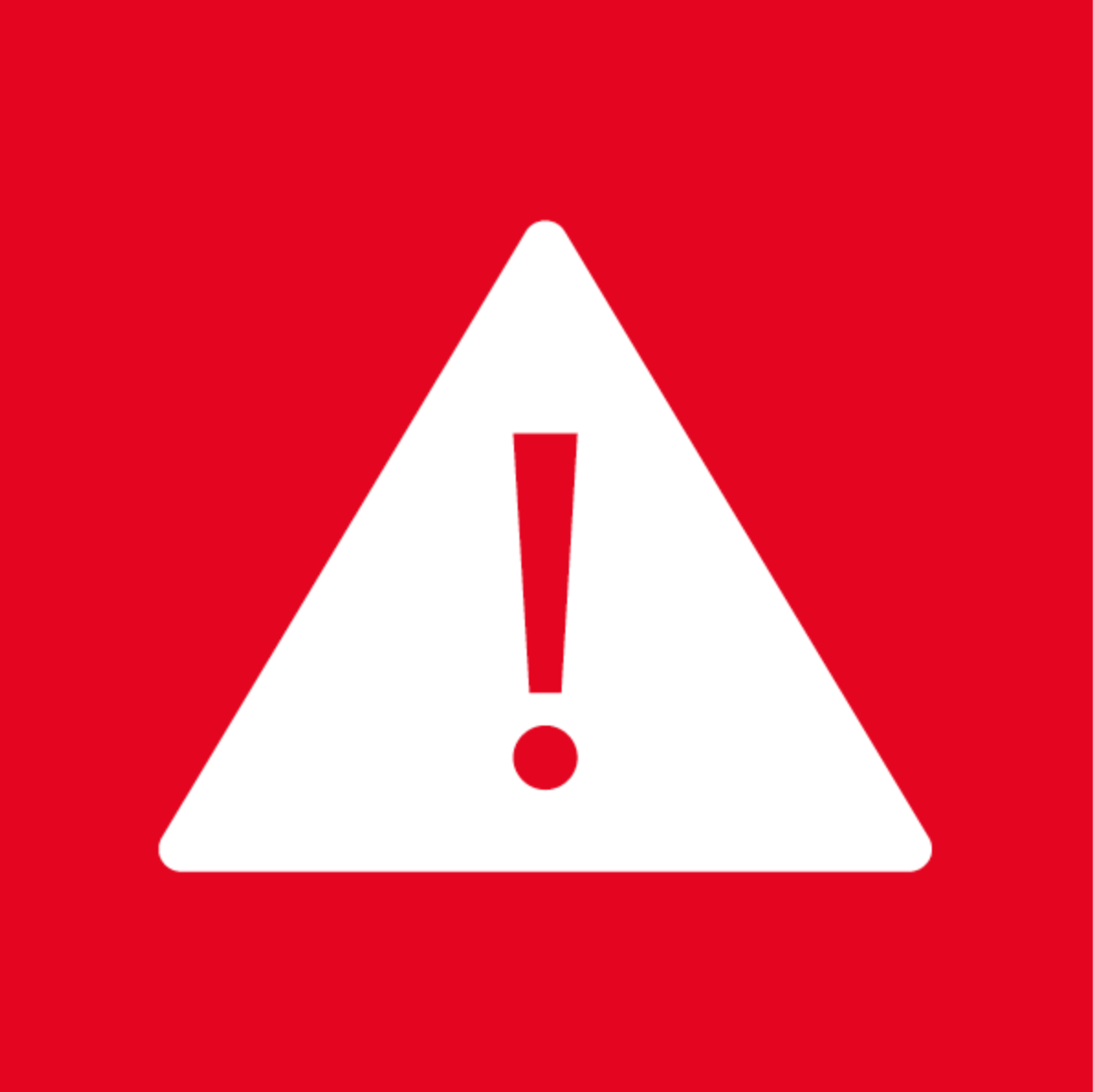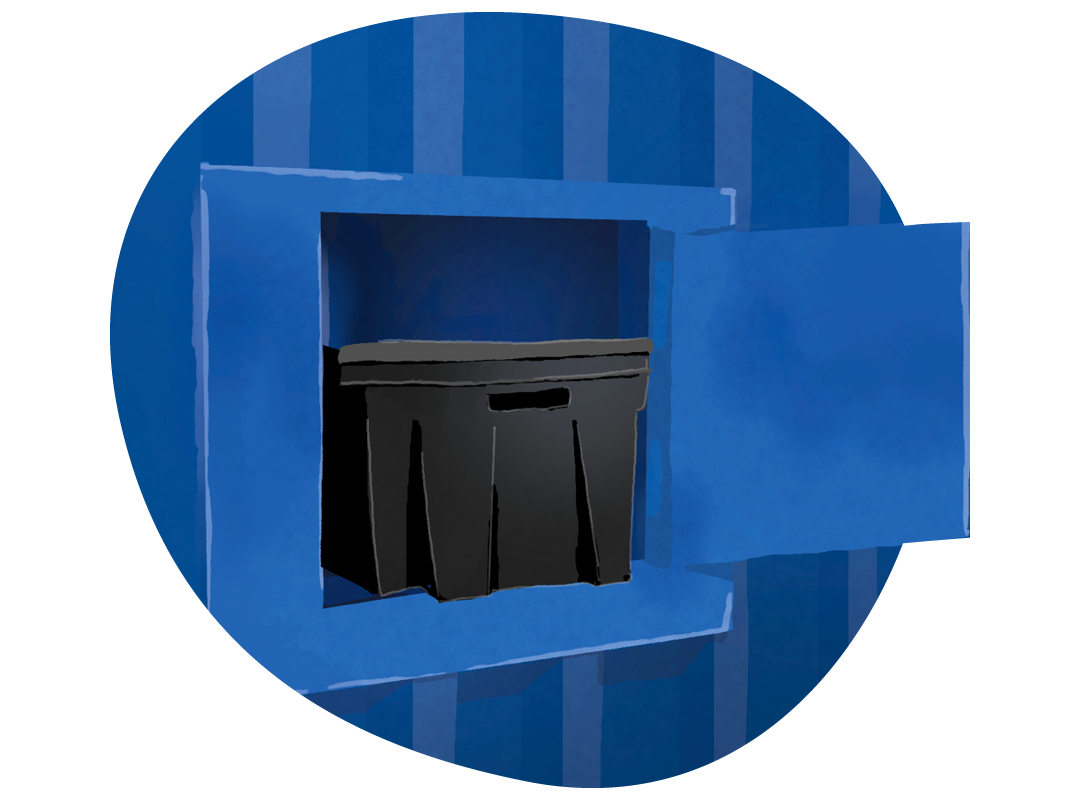
Hazardous waste
Hazardous waste can be found at home in bathroom cabinets, utility closets and garages.

Products that can pose a hazard to health or the environment are considered hazardous waste, for example:
- asbestos – check the advice carefully!
- energy-saving bulbs and fluorescent tubes
- paint, glue, and varnish residues that are not dried out
- solvents such as turpentine, thinner, acetone, and industrial gasoline
- washing and cleaning agents containing acids or that are basic, e.g. toilet cleaners and cleaning chemicals
- chemicals used in car service, e.g. brake fluid and coolant
- waste oil and oil filters. NB! At self-service stations, waste oils and other flammable liquids must be brought in sealed containers that fit in the hazardous waste feeder and are max. 60 litres.
- accumulators and accumulator fluids
- pesticides and plant protection products
- all acids such as sulfuric and hydrochloric acid, and organic acids like acetic, oxalic, and formic acid
- fire extinguishers and gas cylinders
- nail polish in liquid form aerosol cans with contents, e.g. hairspray, perfume and aftershave
- hair dye
- New Year’s tin castings
- fever thermometers containing mercury
- batteries – cover the terminals!
- vehicle batteries
Completely empty containers and dried-up paint can be sorted by material except for cans that contained gasoline, motor oil, or windshield washer fluid. These can be placed in mixed waste (combustible waste) if they are completely empty.
Stormossen does not accept medicines. Medicines and medicine residues must not be flushed down the drain. Take old medicines and packaging containing medicine residues to the pharmacy packaged in transparent plastic bags. Outer packaging can be sorted according to respective material. Return medicines containing iodine, bromine, and cytostatics separately. Mercury thermometers as well as used medicated patches and inhalers are also taken to the pharmacy.
Used needles and syringes are packaged in an impervious container, e.g. a plastic bottle, and returned to the pharmacy. Diabetes needles are packaged in an impervious container and placed in mixed waste.
Stormossen do not accept explosive waste, such as explosive substances, cartridges, weapons, distress flares, or fireworks. Contact the seller or the police.
Hazardous waste drop-off at a self-service station
There are special containers with hatches for hazardous waste at the self-service stations. Please submit hazardous waste in the original package or name the content on the sealed package. Do not mix different hazardous substances with each other.

1. Close caps and lids
Ensure that caps and lids are closed.

2. Use a box
Place hazardous waste upright in the box to prevent packages from falling when the box is placed on the conveyor belt.

3. Put the box in the hatch
Put the box trough the hatch and close it.
Hazardous waste symbols
For example, insecticides in solid and liquid form.
For example, disinfectants, two-component adhesives, fertilizers containing ammonium nitrate, hydrogen peroxide used for hair bleaching, or fiberglass repair kits.
For example, lithium batteries and accumulators, matches, solid residues of paint, varnish or coating products, charcoal, as well as oily rags and paper packed tightly together.
For example, fireworks or distress flares. Stormossen does not accept explosive materials. Please contact the police or the place of purchase.
For example, chemicals such as cleaning and laundry detergents that may cause irritation to eyes, skin, or respiratory tract.
This symbol is also used to warn of toxic or infectious substances.
For example, deodorant spray, spray paint, hairspray, whipped cream dispensers, or carbon dioxide cartridges intended for soda water.
For example, bleach or drain cleaners, lithium batteries and accumulators, as well as lead batteries.
For example, chemicals that cause serious health effects, such as gasoline, turpentine, or lamp oil.
All types of hazardous waste pose a risk to the environment and waterways.
